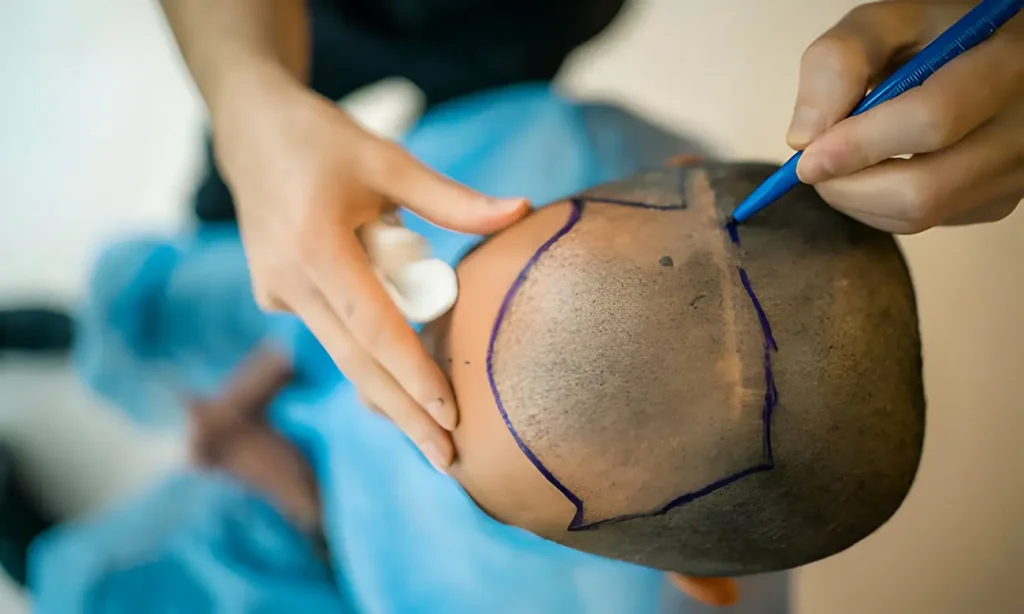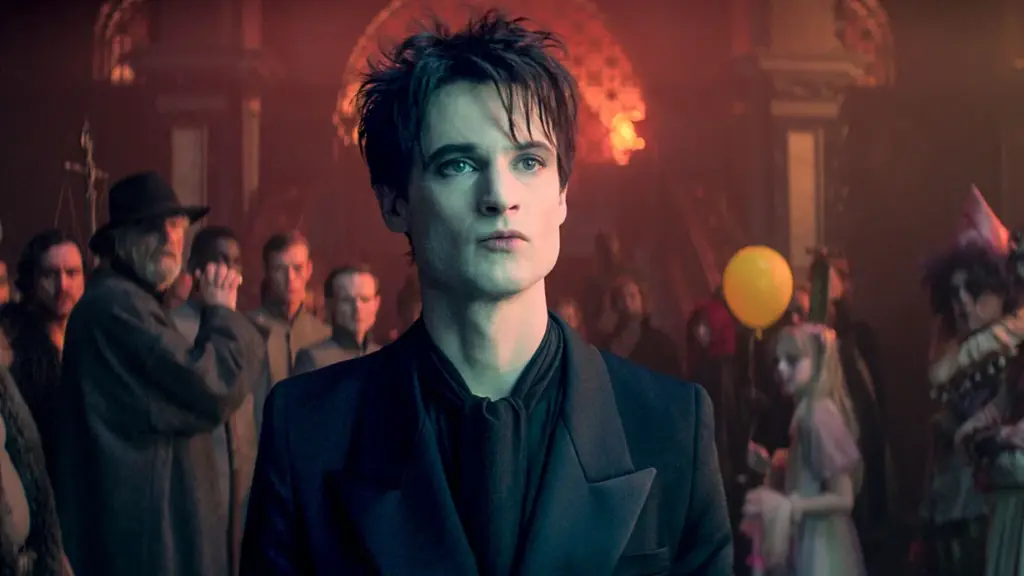Type and hit Enter to search
Experts in aesthetic surgery, dermatology, and beauty bring you the latest trends, research, and advice to help you make informed decisions about your appearance and health.
A web platform dedicated to aesthetic surgery, dermatology, and beauty, where expertise meets innovation, and your desires and needs become our mission. In a world where appearance and health go hand in hand, our platform leads the revolution, delivering the latest trends, research, and expert advice directly to you.
Our team consists of highly skilled professionals in the fields of aesthetic surgery and dermatology, committed to providing reliable information and guidance that will help you make informed choices about your appearance and well-being. We understand that every individual has unique needs and desires, which is why we approach each person with the utmost care and professionalism.
Powered by Aestetica Web Design © 2024
Elon Musk’s Hair Unveiled: The Secret Method of Transplantation – The Next Project?
In a world where tech giants redefine the boundaries of the possible and redraw the maps of the galaxy, there is a visionary whose mission is a little closer to the ground - or, more precisely, to the scalp. Elon Musk, known for launching cars into space and tunnels through the Earth's crust, has decided to turn his attention to something many consider the final frontier - his own crown. With arsenals of nanotechnology and secret ingredients (taken perhaps from the depths of Martian craters), he has embarked on the conquest of the last unexplored territory - lush hair.
Hair, the crown of every head, has a rich history that stretches from the ancient Egyptian pharaohs, who defied the Cyclops with their wigs, to modern hipsters whose beards require their own postal address. Always more than just an ornament, hairstyles have been a reflection of status, rebellion, and even political beliefs. In times when haircuts were almost a ceremonial act, we imagine how ancient stylists would react to today’s trends, perhaps the first prototype of an anti-dandruff shampoo commercial would echo through the whispers of the pyramids.
Hair transplantation: From science fiction to reality
Once considered science fiction, hair transplantation is now a reality that can bring a smile back to the face and hair back to the head. From primitive attempts at transplantation in the 19th century, where it was believed that hair would transplant like a rose planted in a garden, to today’s sophisticated techniques that can transplant thoughts from one head to another – figuratively speaking. Elon Musk, the man who plans to colonize Mars, might be fascinated by how earthly technology can colonize bald parts of the head.
The magic behind the technique
In a world where FUE and FUT are not just catchy acronyms but the art of transplantation, this segment unravels the magic behind the technique. FUE, a method that sounds like the latest electric car model, is actually a fine follicle extraction procedure, while FUT, which resembles a futuristic toy, involves transplanting a strip of hair. Imagine pulling out individual hairs like a master sushi chef pulling fish out of the sea – that’s the precision with which hair specialists deal today.
Celebrities and their quest for the perfect hairstyle
From royals to rock stars, everyone wants a full head of hair, and some are willing to cross borders (and oceans) for it. Elon Musk, whose SpaceX is exploring infinity, may have been researching how to restore infinity to his own head. Stories of celebrities who have undergone this procedure serve as an inspiration to all of us that, no matter what, there is always a chance for a new beginning, at least when it comes to hair.
Myths and misconceptions
In the world of hair transplantation, myths are like dandruff – they’re everywhere. Some believe that new hair will grow faster than grass on steroids, while others think that transplanted hair requires nightly charging like an electric car. Busting these myths is as fun as learning that hair transplantation doesn’t actually involve transplanting thoughts or talents – unfortunately for those who were hoping to get Elon’s ability to fall asleep in meetings and still look like he’s in charge, along with new hair.
Hair transplant technology and Elon Musk
In a world where technology has become an inseparable part of our lives, hair transplantation is no exception. With the latest technological innovations, such as laser-guided follicle placement and 3D-printed scalps, transplant candidates can now expect results that are closer to magic than medicine. Elon Musk, whose daily life revolves around launching rockets and driving electric cars, would surely appreciate innovations that can turn even the most modest bald spot into a dense jungle.
Elon’s secret formula
In laboratories hidden deep beneath the surface of Mars, where daylight flickers only in the imagination of curious scientists, may lie the key to Elon’s eternally youthful hairstyle. This secret formula, blending the finest nanotechnology with ingredients gathered from the red soil of Mars, could be the answer to the question that plagues many: how did Elon Musk manage to regain his youthful hair?
Nanotechnology, that marvel of modern science, provides the ability to manipulate matter at the atomic and molecular level. When combined with minerals extracted from the depths of Martian craters, whose unique properties boast regenerative capacities, the result could be a revolutionary cream or serum. Imagine a product that not only stimulates follicles to grow but also nourishes them with cosmic energy, making each new hair stronger and more resistant to the challenges of Earth’s gravity.
Solar panels, which Elon Musk already uses to power cars and homes, could be elegantly integrated into this formula. Not only would they allow the hair to photosynthesize energy from sunlight, but they would also stimulate their growth regardless of the time of day. With this technology, Elon’s hair wouldn’t just grow; it would shine, perhaps even in the dark conditions of Mars, serving as a beacon of hope for all those hoping to restore their hair.
Such a combination, though still in the realm of speculation, is not beyond the reach of a mind that plans to conquer space and revolutionize the roads. If anyone can turn science fiction into reality, it’s Elon Musk. With technology that uses solar panels to stimulate hair growth, he would not only illuminate the path to a lusher scalp but also set a new standard for what is possible in the world of hair restoration.
Thus continues the search for Elon’s secret formula, a synthesis of science, adventure, and a little Martian dust, illuminating not only the path to revitalized hair but also to a future where the boundaries between the possible and the impossible become increasingly blurred.
Robots at work
In an era where robots knock on our doors delivering pizzas and driving our cars, it’s not hard to imagine them precisely transplanting hair, follicle by follicle. Elon Musk, who is always at the forefront of innovation, could implement AI into the transplantation process, allowing robots to select and place each hair with perfect precision, perhaps even with the option to choose hair density and style via an app.
Hair regeneration possibilities
In an era when science has unlocked the secrets of everything from quantum physics to genetic engineering, the quest for eternal youth – or at least an eternal hairstyle – no longer seems like science fiction. Advances in stem cells and gene therapy offer a vision of the future where hair restoration has become as simple as installing an app on a smartphone. In that world, Elon Musk could use his fascination with the limits of human potential, transforming it into a quest for the ultimate solution to baldness.
Using techniques that combine regenerative medicine and precise genetic engineering, personalized hair growth treatments could be achieved. Imagine a process where a DNA sample is taken and analyzed to identify genetic predispositions for hair loss. Then, using specifically designed stem cells, hair growth is activated that not only restores lost hair but also ensures that new hair is resistant to common causes of loss, such as stress, hormonal changes, or even travel through zero gravity.
In Musk’s case, it wouldn’t be surprising if the technology went a step further, perhaps even developing hairs that automatically adapt to environmental conditions – changing color or density in accordance with the atmospheric pressure on Mars, or perhaps using photosynthesis to nourish the follicles when exposed to sunlight.
Such an approach would not only revolutionize the beauty and healthcare industries but would also set new standards for personalized medicine. Musk’s role in this revolution could be twofold: as an inspiration for those striving towards the limits of human endurance and as a patron of the technology that would make this possible. In a world where the boundaries between man and machine are increasingly blurred, hair regeneration could become another step towards realizing a futuristic vision of humanity where the limits of biological limitations are just another obstacle that can be overcome.
Fun hair futures
In the future, where hair transplant technology has reached its peak, we can expect hairstyle trends that surpass anything we’ve seen so far. From luminous hairstyles that change color to the beat of your favorite song to follicles that produce different scents, the possibilities are endless. For people like Elon Musk, who never stop pushing the boundaries of the possible, we might see hairstyles that generate electricity or that can communicate with smart devices, turning every head into a walking, talking tech hub.
Step by step: Elon’s hair transplant adventure
As if preparing a SpaceX rocket for launch, Elon’s approach to hair transplantation was no less methodical. Starting with a thorough analysis of space maps, that is, his scalp, to choosing the ideal orbit, that is, hairstyle, each step was meticulously planned. Similar to choosing the right trajectory for Mars, each follicle was carefully placed on his head, promising to grow in the right direction, even in zero gravity.
The preparations included a series of unusual rituals, from singing lullabies to his future follicles to evening conversations with Tesla robots about expectations for the new hair. He may have even set up a special algorithm in his SpaceX rockets to collect cosmic dust, hoping to add a spacey glow to his new hairstyle.
D-Day: Transplant details
On the day of the transplant, Elon walked into the clinic with the attitude of a man ready to conquer another world – the world of thick hair. Given his penchant for technology, it wouldn’t be surprising if he wore a helmet with built-in AI that analyzes the progress of the operation in real-time. The surgeons may have used lasers reminiscent of those in Star Wars, precisely targeting the areas that require their attention, while Elon, lying on the operating table, was probably thinking about the next tweet he would dedicate to his new hair.
Recovery with a twist
For Elon, the recovery process didn’t just involve lying on the couch and watching Netflix. Instead, he could experiment with various “Elon exclusives,” such as nano-particles in pillows that stimulate hair growth or Bluetooth brushes that synchronize hair growth with the phases of the Moon. He may have even installed hair growth tracking software directly into his Neuralink, so he could be updated on the progress of his follicles at any moment.
Results and reactions
When it was finally time to reveal the results to the world, the reactions were similar to those at the launch of new Tesla models – a mix of excitement, shock, and of course, the inevitable memes. Elon’s reaction? He may have looked in the mirror with a smile, satisfied that his hair is now ready for any space adventure, or perhaps pondering how his new hairstyle will withstand the journey through space. Whatever the outcome, one thing is for sure – his hair is now ready for any galactic mission he has planned.
Outward appearance vs. inner satisfaction
In a world where first impressions are often based on appearance, it’s not surprising that many, including visionaries like Elon Musk, seek ways to improve their outward appearance. Hair transplantation can be more than just an aesthetic enhancement; for many, it represents the key to unlocking greater self-confidence and inner satisfaction. When Musk appears with a restored hairstyle, it’s not just his hair that has changed, but also the aura of self-confidence that radiates from him, suggesting that being comfortable in one’s own skin – or in this case, hair – is invaluable.
Social pressure and celebrities
Celebrities, like Elon Musk, are often under the magnifying glass of the public, where every choice they make can be subjected to criticism or adoration. The decision to undergo hair transplantation is no exception and is often interpreted through the lens of social expectations and pressures. Humorous remarks about Musk reacting to these pressures might include his tendency to mock conventional expectations, perhaps by tweeting about his latest “hardware upgrade,” thereby using humor to express his attitude towards society’s expectations.
Hair has always been a key element in shaping an individual’s identity, serving as a means of expression and personal style. Elon’s transformation is not just a change in appearance but also a powerful statement about the evolution of his personal and professional identity. As he moves from a bald innovator to an entrepreneur with a full head of hair, Musk shows how changes in appearance can reflect and stimulate inner change and growth.
Humor as a coping mechanism
Humor is a powerful tool for coping with change, and hair transplantation is no exception. Through laughter and self-deprecating comments, people like Musk can alleviate any stress or insecurity that comes with such a change. By using humor, they can bridge the gap between the fear of the unknown and the acceptance of a new self-image, showing that laughter is often the best medicine, even when it comes to hair restoration.
As technologies evolve and social norms change, so does the perception of hair transplantation. People like Elon Musk, who publicly embrace and discuss their experiences, play a key role in demystifying the process and promoting greater acceptance. The future may bring a time when a choice like hair transplantation will be a completely personal decision, free from any stigma, where diversity and personal choices are celebrated in all their forms.
Biography of Dr. Gorana Kuka Epstein
Dr. Gorana Kuka Epstein is a specialist in plastic and aesthetic surgery. She is a professor at the Miami University School of Medicine, a diplomate of the American Board of Hair Restoration Surgery, and a doctoral candidate at the Faculty of Medicine at the University of Novi Sad. Dr. Kuka Epstein is the founder and director of the FoundHair Training program, the founder of the Center for the Treatment of Female Hair Loss, the director of the research department at the Foundation for Hair Restoration in Miami, and the founder of the Dr. Gorana Kuka Foundation.
Reference





